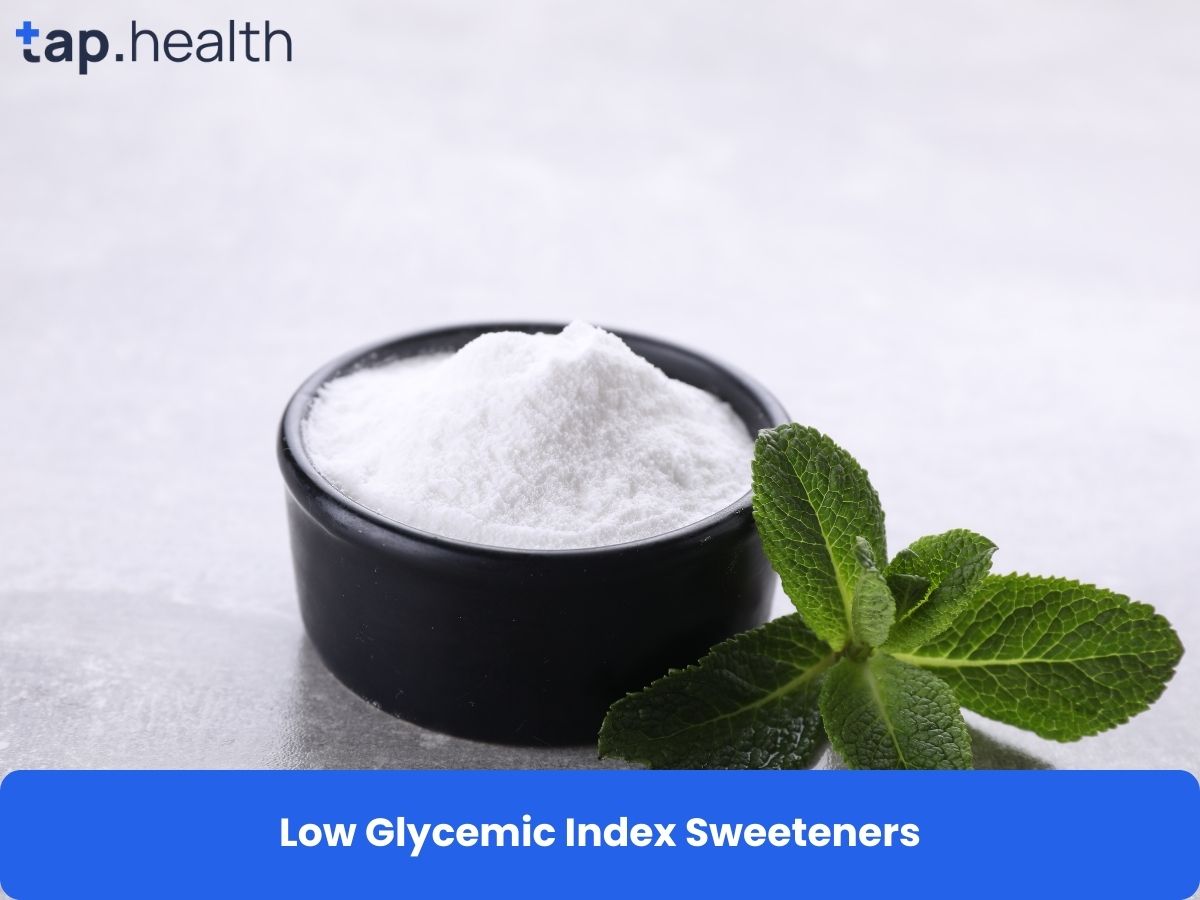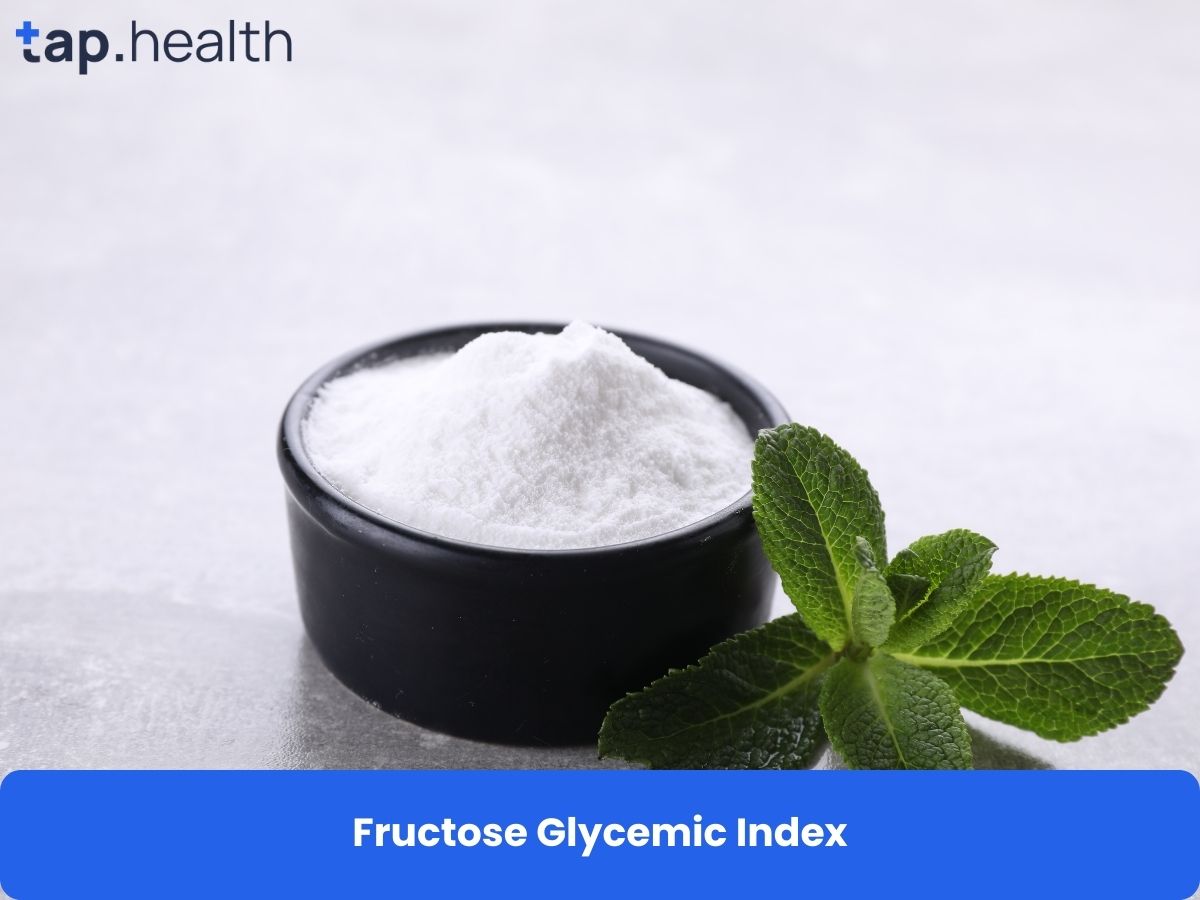People with diabetes face unique challenges when it comes to wound healing. High blood sugar levels, poor circulation, and nerve damage (neuropathy) can all slow the healing process, making even small cuts and wounds dangerous if not treated properly.
So, if you or a loved one has diabetes, you may wonder:
👉 Why do diabetic wounds take longer to heal?
👉 What steps can speed up wound healing?
👉 Are there special treatments or home remedies that can help?
In this comprehensive guide, we’ll explore the best strategies to promote faster healing, including proper wound care, blood sugar management, medical treatments, and natural remedies.
Why Do Diabetic Wounds Heal Slowly?
Diabetes can slow down the body’s natural healing process, making wounds more prone to infection and complications. Here’s why:
1. High Blood Sugar Levels
🚨 Problem:
- Excess sugar in the bloodstream damages blood vessels, reducing oxygen and nutrients that wounds need to heal.
- High glucose also feeds bacteria, increasing the risk of infection.
🔹 Solution: Keep blood sugar within a healthy range through diet, exercise, and medication.
2. Poor Circulation (Peripheral Artery Disease – PAD)
🚨 Problem:
- Diabetes damages blood vessels, leading to poor circulation, especially in the feet and legs.
- Without enough oxygen-rich blood, wounds heal slowly.
🔹 Solution: Improve circulation by exercising regularly, avoiding smoking, and maintaining healthy cholesterol levels.
3. Nerve Damage (Diabetic Neuropathy)
🚨 Problem:
- Diabetes can cause nerve damage, leading to reduced sensation in the feet and legs.
- This means minor cuts or wounds may go unnoticed, increasing infection risks.
🔹 Solution: Inspect feet and legs daily for cuts, blisters, or signs of infection.
📌 Key Takeaway: Managing diabetes effectively is the first step in promoting faster wound healing.
How to Heal a Diabetic Wound Faster: Step-by-Step Guide
1. Clean and Dress the Wound Properly
✅ How to Clean the Wound:
- Wash your hands before touching the wound.
- Rinse the wound gently with saline solution or mild soap and water.
- Pat dry with a clean towel (do not rub).
✅ How to Apply a Dressing:
- Apply an antibiotic ointment (like Bacitracin or Neosporin) to prevent infection. (Source)
- Cover with a moist, sterile gauze dressing.
- Change the dressing daily or as directed by your doctor.
📌 Tip: Keeping the wound moist (not dry) promotes faster healing. (Source)
2. Control Blood Sugar Levels
High blood sugar delays healing and increases infection risk.
✔ Monitor blood sugar regularly.
✔ Eat a balanced, low-glycemic diet (whole grains, vegetables, lean protein).
✔ Exercise daily to improve circulation.
✔ Take diabetes medications or insulin as prescribed.
📌 Tip: Studies show that keeping blood sugar levels stable significantly speeds up wound healing. (Source)
3. Use Specialized Wound Care Treatments
Doctors may recommend advanced treatments for faster healing.
✅ Best Medical Treatments for Diabetic Wounds:
- Topical Growth Factors – Stimulates skin cell repair.
- Hyperbaric Oxygen Therapy (HBOT) – Increases oxygen supply to the wound.
- Debridement – Removal of dead tissue to promote healing.
- Special Diabetic Wound Dressings – Honey-infused or silver dressings reduce bacteria.
📌 Tip: Honey has been found to speed up wound healing in diabetics! (Source)
4. Improve Circulation for Faster Healing
Good circulation ensures oxygen and nutrients reach the wound.
✅ How to Improve Circulation:
✔ Walk daily (if possible) to boost blood flow.
✔ Massage the legs and feet to stimulate circulation.
✔ Avoid smoking, which damages blood vessels.
✔ Stay hydrated to keep blood moving.
📌 Tip: Even gentle foot exercises can improve circulation and healing.
5. Keep Pressure Off the Wound
Walking on a foot wound can slow healing.
🚨 If you have a foot ulcer:
- Use offloading shoes or special footwear to reduce pressure.
- Avoid walking barefoot.
- Use soft padding inside shoes.
📌 Tip: Studies show that reducing pressure on foot ulcers can cut healing time by up to 50%.
6. Use Vitamins and Supplements for Wound Healing
Certain nutrients play a key role in wound healing.
🥗 Best Vitamins for Diabetic Wounds:
✔ Vitamin C – Boosts collagen production. (Source)
✔ Zinc – Helps skin repair faster.
✔ Vitamin E – Reduces inflammation.
✔ Protein – Supports tissue growth.
📌 Tip: Eat a nutrient-rich diet or take doctor-approved supplements.
7. Watch for Signs of Infection
🚨 Signs a Diabetic Wound May Be Infected:
✔ Increased redness or swelling
✔ Pus or drainage
✔ Foul odor
✔ Fever or chills
🔹 If you notice these symptoms, seek medical attention immediately.
📌 Tip: Infected diabetic wounds can become serious quickly—never ignore warning signs!
Best Home Remedies for Diabetic Wound Healing
In addition to medical care, some natural remedies may help wounds heal faster.
🍯 1. Honey Dressings – Honey has antibacterial and healing properties.
🥬 2. Aloe Vera Gel – Soothes inflammation and boosts skin repair.
🛀 3. Epsom Salt Soaks – Can improve circulation.
🧄 4. Garlic Extract – Has natural antibacterial properties.
📌 Tip: Always consult your doctor before using home remedies on diabetic wounds.
Real-Life Scenario: Ramesh’s Struggle with Healing a Foot Ulcer
Ramesh, a 55-year-old man from Mumbai, has been living with Type 2 diabetes for over 10 years. One day, he noticed a small cut on his foot that didn’t seem to heal as quickly as it should. Over time, the wound became infected, and despite his efforts to treat it, it continued to worsen. Ramesh’s blood sugar levels were not under control, which contributed to slow healing.
He visited his doctor, who explained that poor circulation and elevated blood sugar levels were likely contributing to the slow healing of the wound. His doctor recommended that he take better control of his blood sugar and follow a strict wound care regimen. Ramesh made significant changes, including eating a healthier diet, checking his blood sugar regularly, and taking care of the wound. Over time, he saw improvements, and the wound finally began to heal.
Ramesh’s experience highlights how controlling blood sugar, improving circulation, and using proper wound care techniques can make a significant difference in healing times for diabetics.
Expert Contributions: Dr. Rakesh Mehta on Wound Healing for Diabetics
Dr. Rakesh Mehta, a well-known endocrinologist from Delhi, explains that “Proper wound care, managing blood sugar levels, and improving circulation are critical components in healing wounds for people with diabetes. The key is to prevent infections and ensure the wound receives proper nutrients and oxygen for healing.” Dr. Mehta also emphasizes the importance of regular checkups to manage diabetes and prevent complications, such as slow-healing wounds.
Dr. Mehta recommends working closely with healthcare providers to develop a personalized treatment plan for wound care. “Wounds can heal more efficiently when a person with diabetes takes proactive measures to monitor their blood sugar and care for their skin and wounds properly.”
Factual and Reliable Information
According to the American Diabetes Association, people with diabetes are more prone to infections and slower wound healing due to high blood sugar levels, poor circulation, and reduced immune function. By keeping blood sugar levels under control and following good wound care practices, diabetics can promote faster healing and reduce the risk of complications.
FAQs About Diabetic Wound Healing
1. How long does a diabetic wound take to heal?
It depends on blood sugar levels and proper care. Minor wounds may heal in 2-4 weeks, while severe ulcers may take months.
2. What is the best ointment for diabetic wounds?
Doctors recommend antibiotic ointments like Bacitracin zinc to prevent infection.
3. Why is my wound not healing?
🚨 Common reasons include:
- High blood sugar levels
- Poor circulation
- Infection
- Too much pressure on the wound
4. Can I use coconut oil for diabetic wounds?
Coconut oil has antibacterial properties, but always check with a doctor before applying it to open wounds.
5. What foods help wounds heal faster?
✔ Lean protein (chicken, fish, eggs)
✔ Leafy greens (spinach, kale)
✔ Citrus fruits (vitamin C for collagen production)
Final Thoughts: How to Heal a Diabetic Wound Faster
✔ Keep wounds clean and covered
✔ Control blood sugar levels
✔ Use doctor-recommended treatments
✔ Improve circulation with exercise
✔ Watch for infection signs
By following these steps, you can speed up healing and prevent complications. If a wound is not healing, always seek medical attention immediately.


